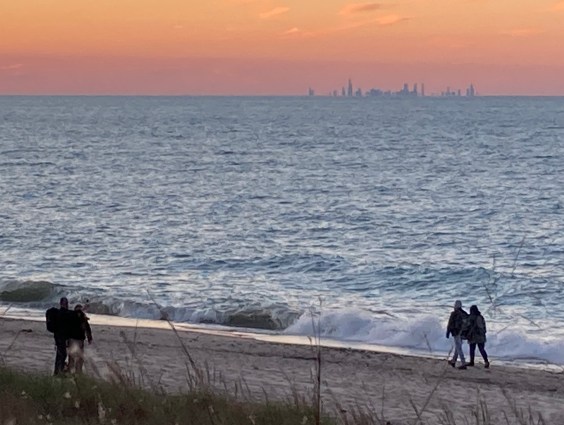
At $950 million, rebuilding and expanding the interchange of Georgia 400 and Interstate 285 in suburban Atlanta will be the costliest road project in the state's history.
Project proponents argue it will relieve congestion for the 365,000 vehicles that pass through the nexus of these two highways each day. But they're fooling themselves if they believe that, writes Darin at Network blog ATL Urbanist:
We cannot solve our transportation problems by adding more lanes to highways. Trying to cure traffic congestion by adding more capacity is like trying to cure obesity by loosening your belt. Metro Atlanta is obese with car-centric development and needs to trim down with alternatives to sprawl and car dependency -- ones that build stronger neighborhoods that are not as dependent on cars for commuting.
Georgia is a state that has a pedestrian death rate 25% higher than the national average. We need to fund safe pedestrian infrastructure before we make expensive attempts to “ease commutes” for interstate drivers.
Metro Atlanta has an aging population with growing mobility needs. A recent study projected that 90 percent of seniors would have poor access to transit by 2015. We are in dire need of solutions for this problem and money to fund them.
We can’t afford to spend this much money on a single interchange given these other pressing concerns, particularly not in a state that is unwilling to raise the gas tax or to institute a VMT tax in order to build revenue for transportation projects.
Imagine what you could do to improve safety on Atlanta's notoriously dangerous surface streets with $1 billion.
Elsewhere on the Network today: BikeSD makes the case that it's time for a Vision Zero plan to eliminate traffic fatalities in San Diego. Urban Cincy shares research drawing a connection between neighborhood density and income growth. And Bike Delaware's James Wilson explains why he's not too concerned about Senator Pat Toomey's threat to cut federal funding for walking and biking.





